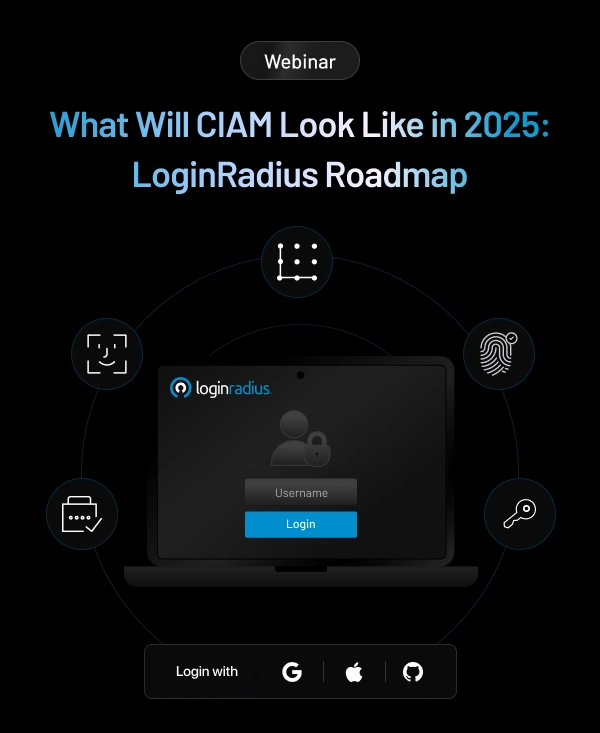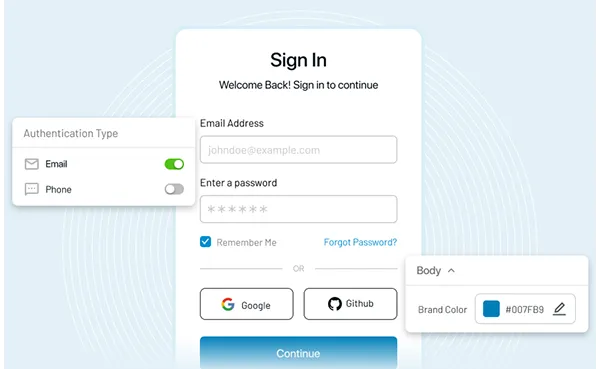The question of online privacy and security seems to only attract attention when a major cybersecurity threat occurs. Most people don’t spend too much time considering the safety of their data – not even when shopping online.
Sadly, many online stores and mobile apps also fail to take it into proper account. There’s a delicate balance they need to achieve between data security and user experience. While one does not necessarily negatively impact the other, ensuring that both are addressed equally well can be difficult.
Let’s examine this intricate relationship and its importance. Read on to learn how you can improve it on your own website and within your own product.
Why is the Balance Important?
Cybersecurity is now more important than ever. Cybercrime is expected to cost the globe $6 trillion by the end of 2021. A ransomware attack occurs every 11 seconds – up from one every 40 seconds just five short years ago. That being said, it’s clear we need to rethink the way we protect our data and the data of our clients and customers.
Just recently, the Kaseya ransomware attack has shaken up the small business world yet again, proving that no one is safe. Apparently, cybercriminals are able to threaten your security in ways you wouldn’t previously have thought of.
When it comes to user experience, we can safely say it has become the most important underrated ranking factor. Additionally, it is _the _factor that can impact your user retention rates the most. In fact, over 50% of internet users will leave a website if:
- it doesn’t load fast enough
- it’s not mobile-friendly
- they are not able to navigate it as intuitively as they would expect
The same rates apply to app abandonment as well.
UX designers are also among the highest-paid on the tech marketplace, which goes to show how invaluable their role for any online business has become.
As important as these two facets of online business are, they do often clash. Implementing added security measures can severely impact user experience. Likewise, trying to please a user (or providing what we think a user wants) can compromise data security.
Here’s what you can do to ensure the two don’t trip each other up:
#1. Let UX and security teams work together
During the initial product design phase, ensure that your UX design team and your security team are actually working together. Instead of having one team work on the product and then hand it over to the other, have these people in the same (virtual) room. Give them the resources they need to come up with solutions that will cater to both aspects.
This approach can also help you design a better product, as the solutions will be much more organic. There will be less friction, and every element can be developed so that the user is satisfied and protected.
Make sure you implement proper security measures _during _the design phase as well. You need to protect your designs and code long before it gets to the consumer. So, have your security team devise an encrypted (or at least a completely protected) way to share files.
Cybercriminals can even take advantage of something as seemingly harmless as a Slack chat, using the information that has been shared to further break your product. Teach your teams about the importance of data privacy and security, and ask them to only communicate in secure ways.
#2. Make use of social logins
Users love to be able to sign in using one of their social accounts. It eliminates the hassle of registering a new account and remembering yet another password, saving overall time and effort.
As they also enable you to personalize the experience a user has with your product, social logins seem to provide a win-win scenario. However, you need to ask yourself how safe they actually are and whether you may inadvertently be opening the door to some serious harm.
If you allow users to log in with their Google, Windows, or Facebook accounts, you don’t have to worry. They’re perfectly safe, as these huge companies are on the cutting edge of data security. You can rest assured that they’re working very hard to ensure account security.
The only issue that often arises is password reuse. Many users tend to come up with one good password and then use it for their most secure and their least secure accounts. When one of them is breached (and you can guess which one that is likely to be), the other one is compromised as well.
All you can do is educate your users about the importance of strong, varied passwords. If you do offer social login, know that you are reaching for the most pleasant UX available.
#3. Make use of Single Sign-on
If you have more than one product and request that your users use a different account to log in everywhere, you’ll be significantly reducing the quality of their experience. It’s a hassle, to say the least, and you are likely to lose a fair share of your client base.
Multiple logins also mean you will end up with incomplete data silos, and you won’t have a complete understanding of your customer’s journey. Plus, maintaining and securing these multiple accounts will only cost you more.
By providing a single sign-on, you can eliminate all of these issues. You’ll both improve user experience and make data protection simpler. Consider all of your customer touchpoints, whether they’re web- or app-based, and ensure one account is all they need to access your products or services.
#4. Implement frequent testing
Finally, to ensure both your UX and your security are as they should be, you need to implement frequent usability and security testing. Building it right once does not mean you won’t need to tweak, improve, and upgrade – so regularly scheduled testing is simply mandatory.
Start by coming up with a detailed usability testing plan and checklist. The steps you map out will ensure each test targets the same aspects of UX and that you can measure and track results over longer periods of time.
You can also outsource security testing, as it makes uncovering a potential threat more likely. Those who have worked on implementing initial security protocols aren’t always able to uncover any potential risks, so a fresh pair of eyes can do the trick.
Final Thoughts
By striking the right balance between UX and security, you can provide a product that consumers trust and enjoy using. If, on the other hand, you compromise one for the other, customer churn is a more likely scenario.

















